The CERAweek conference kicked off on Monday, March 10th, in Houston, bringing together the fossil fuel industry and its supporters. The event will feature TotalEnergies’ CEO Patrick Pouyanné as a key speaker. Behind its rhetoric as a transition leader, TotalEnergies is among the top-ranked majors for its oil and gas exploration and production and LNG expansion plans (1). Its expansion largely relies on the United States, a strategic axis made possible by financial institutions’ support. On the occasion of CERAWeek, Reclaim Finance calls for an end to the financing of TotalEnergies’ climate-damaging projects.
In a context marked by Donald Trump’s inauguration, his pro-fossil fuel statements, and the lifting of the moratorium on Liquefied Natural Gas (LNG) export terminals, gas expansion in the United States is accelerating. New gas fields and export terminals further diminish our chances of limiting global warming to +1.5°C, as the International Energy Agency’s (IEA) Net Zero Emissions (NZE) scenario projects a path forward without new fossil fuel fields or liquefaction terminals (2). And yet, the French major TotalEnergies is the second-largest major in terms of short-term upstream expansion plans and in LNG export terminal projects (1), with the United States as a cornerstone of its expansion strategy.
The US at the heart of TotalEnergies’ expansion strategy
The development of new oil and gas projects in the United States is central to TotalEnergies’ expansion strategy. When presenting its 2024 results (3), the company reaffirmed that the US would be one of the pillars of its growth plan. Indeed, the major is increasing its presence in the country by developing new gas fields and betting heavily on LNG.
Thanks to its numerous expansion projects, TotalEnergies plans to increase its global oil and gas production by 3% per year until 2030. This growth is even more pronounced in the US, where production is expected to rise by 8.3% annually until 2030, surpassing 180,000 barrels of oil equivalent per day (4). This acceleration is driven by the development and expansion of gas fields in the Barnett Shale and Eagle Ford shale basins, as well as the Ballymore field in the Gulf of Mexico.
TotalEnergies also highlights its status as the leading US LNG exporter (5), basing its expansion on two key pillars:
- Owning and developing LNG export terminals: Already present in the Cameron LNG terminal (16.6% stake, 13.5 million tons per annum (Mtpa) liquefaction capacity), TotalEnergies plans to more than double its net liquefaction capacity by expanding this terminal and building Rio Grande LNG (6).
- Signing long-term contracts, which are key to enabling new LNG terminal construction: TotalEnergies is the largest long-term buyer of US LNG, with 19.61 Mtpa contracted (7). These 15-to-20-year agreements are linked to five terminals, including Rio Grande LNG. The company has accelerated in recent years, signing six of its eight contracts between 2019 and 2023.
These new gas fields and LNG terminals (8) have devastating climate consequences, as illustrated by Rio Grande LNG, which, once operational, would be responsible for 191 million tons of CO2e emissions annually (9). Beyond environmental impacts, the project poses serious health risks for local communities and violates the Free, Prior, and Informed Consent (FPIC) principle, as the Carrizo/Comecrudo tribe strongly opposes its construction on sacred land (10).
A Climate-wrecking expansion made possible by financial institutions
This harmful expansion is enabled by financial institutions, especially European banks. Among the top European bank supporters of TotalEnergies between 2021 and 2023, French banks lead the way, alongside Barclays, Santander, Deutsche Bank, and BBVA.
While BNP Paribas and Crédit Agricole pledged in 2024 to stop structuring conventional bonds for oil and gas producers (11)—and have not participated in new financing for the major since—other banks such as Bank of America, BPCE/Natixis, HSBC or Société Générale continue to provide support. With their support, TotalEnergies raised €3.15 billion through bonds in March 2025 (12).
Investors are also backing TotalEnergies, led by Crédit Agricole and its asset management arm, Amundi. Despite Crédit Agricole’s commitment to stop structuring oil and gas bond issuances, it can still invest in these bonds in the primary market. Unlike BNP Paribas, which no longer invests in conventional oil and gas bonds in primary markets through its subsidiaries BNP Asset Management and Cardif (13), Crédit Agricole continues its support via Amundi and Crédit Agricole Assurances.
Prioritizing short-term profits for its shareholders, TotalEnergies puts climate concerns on the back burner. In 2024, the company returned $4 to shareholders for every $1 invested in its low-carbon division.
The increase in investments in fossil fuels, along with a strategy that prioritizes shareholders, results in a decrease in low-carbon initiatives.This short-termist strategy is worsening climate disruption, with the help of financial institutions. These institutions must end their support for TotalEnergies and for developers of oil, gas, and LNG projects, and investors must reject TotalEnergies’ climate strategy and vote against management during the company’s Annual General Meeting in May 2025.



